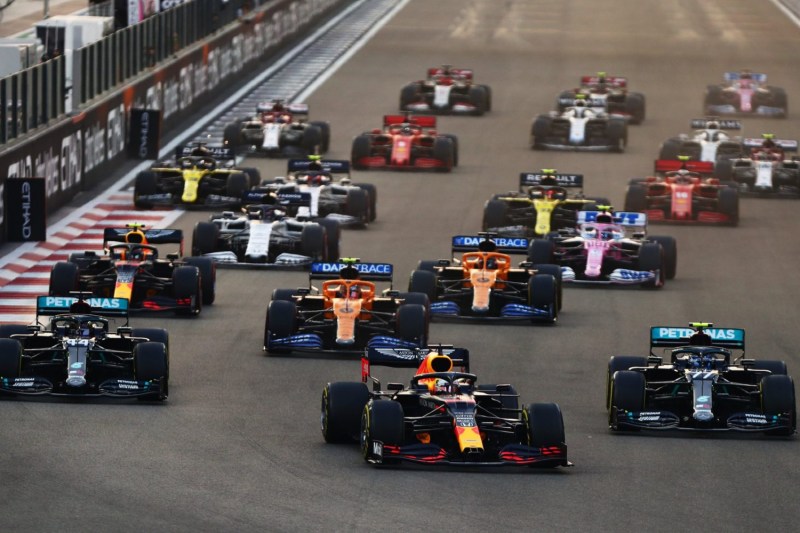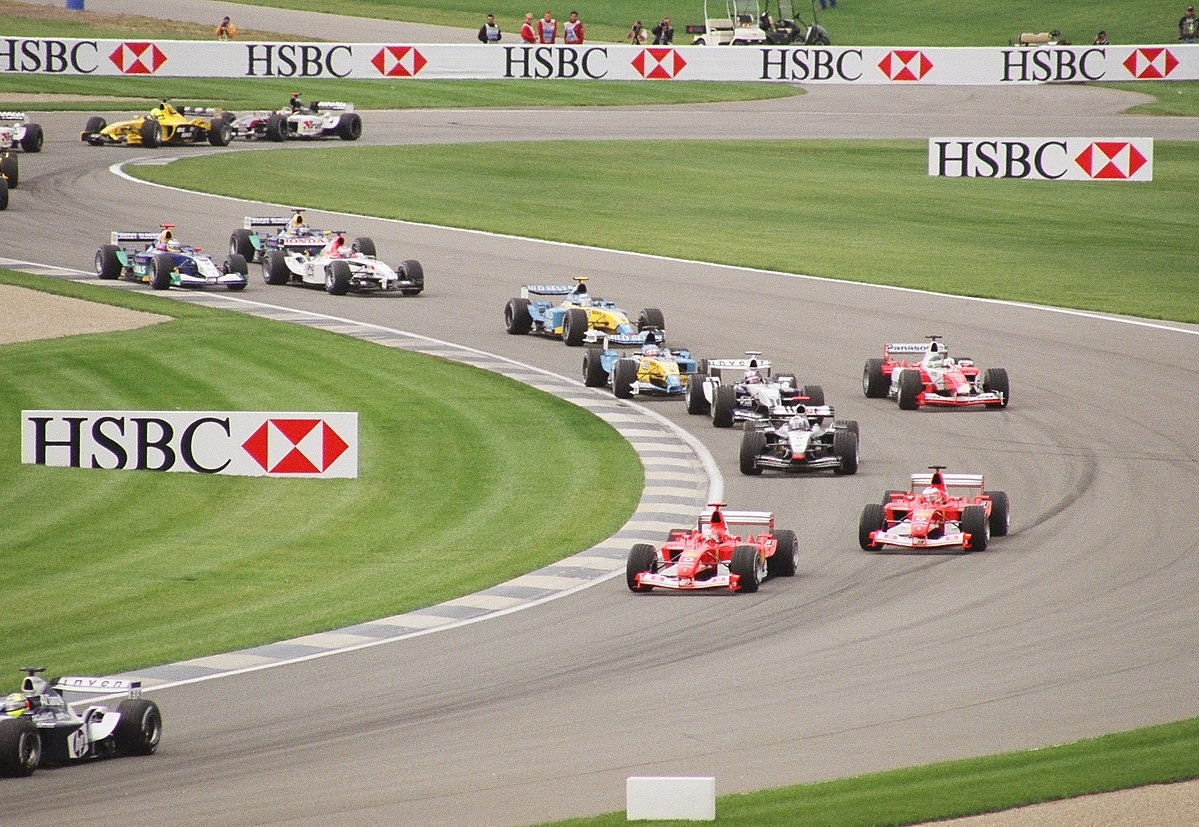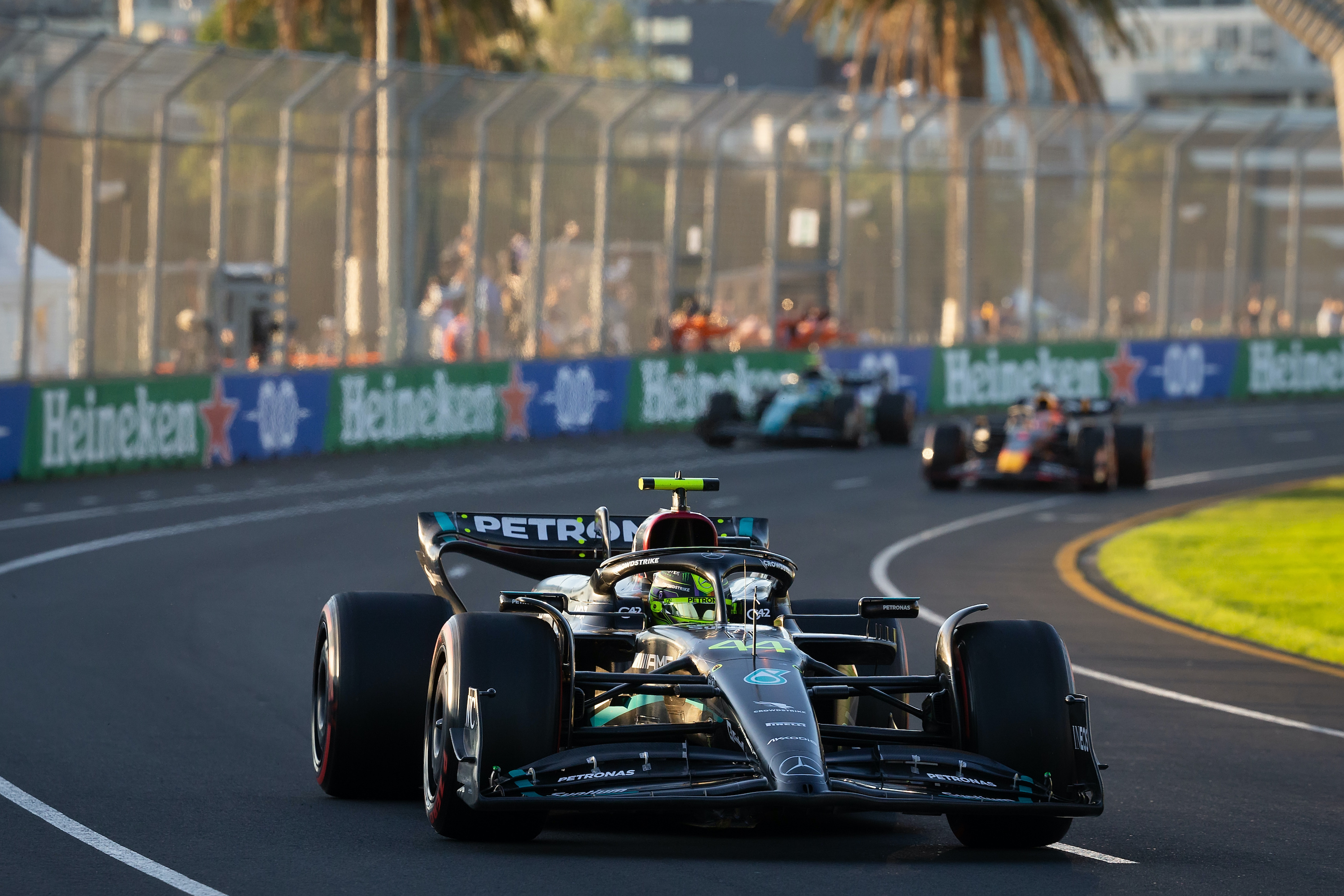
Formula 1 racing is the top level of motorsports and is gaining fans rapidly in the United States. Since F1 racing began in 1950, it has always been an international competition. Formula 1 is governed by The Fedération Internationale de l’Automobile (FIA). The FIA F1 Regulations specify the technical, sporting, and financial operations of the ten teams in each year’s F1 season. Some people find F1 racing hard to understand because certain terms aren’t used in typical ways. For example, the word “interval” has three meanings in F1 racing, all related to time between cars, but for different purposes. We break out the three meanings of time intervals below.
Why time intervals are important in F1 racing

The time gaps between cars in Formula 1 races are often measured in fractions of a second as 20 cars speed around tracks, often reaching speeds over 200 mph. Sometimes, the time difference between the first and last
The term “interval” always refers to the interval between two cars in F1 racing, but it has three different uses. When you understand the three applications of the time between any two vehicles in an F1 race, you’ll better understand the leaderboard, DRS activation, and driver radio communication with their engineers.
Time intervals on the F1 leaderboard

When you watch F1 racing on TV, you’ll often see a leaderboard on the left side of the screen. The leaders board is a table that lists the current order of the 20 drivers in the race. To the right of the current race leader’s name, you’ll see the word “interval.” As you look down the list, the amount of time next to each driver’s name is the amount of time, usually in seconds, that driver is behind the driver ahead of them.
The interval between each driver gives viewers the exact amount of time that driver needs to makeup and a relative indication of how hard it will be for that driver to catch up to the driver ahead. Passing is usually difficult in F1 racing, but the trailing driver must catch up even before looking for an opportunity to pass or overtake the car ahead.
F1 intervals and DRS

During F1 races, drivers are constantly in radio communications with team managers and engineers. They constantly share information about how far they are from the driver ahead. One of the most important topics involving intervals is using DRS.
DRS in F1 racing stands for drag reduction system. When drivers are allowed, they can push a button on their steering yoke to drop a flap in their rear wing. The immediate effect is to allow the car to speed up because of reduced air resistance. The car also has less downforce when the flap is lowered, which matters because it helps with traction.
Drivers can activate DRS only in specific areas of the track with long straights, not on corners. Depending on the track, there are up to three DRS zones. But time matters, too. Because traction isn’t as good with DRS activated, drivers aren’t allowed to use DRS whenever they’re in a DRS zone. They are only allowed to use DRS when they’re close enough behind the leading driver to have a chance of catching and passing them.
Drivers can only use DRS within a one-second interval of the car in front, so knowing the interval is super important. It allows them to get a speed boost and overtake the car ahead. Overtaking is tough in F1 because the tracks are narrow and the competition is fierce, so when they get the chance, they want to make the most of it, but they must follow the rules about when and where to use DRS. It adds to the excitement of the race!
F1 drivers and engineers talking about time other than DRS

The third application of time intervals in F1 is more general than the other two. Drivers often want to know how far other cars or specific drivers are ahead or behind them. Using distances for those inquiries doesn’t do any good; time is more meaningful. So it’s common to hear a driver ask their engineer how far another driver is ahead or behind, and the answer will be in seconds. not meters or feet.



